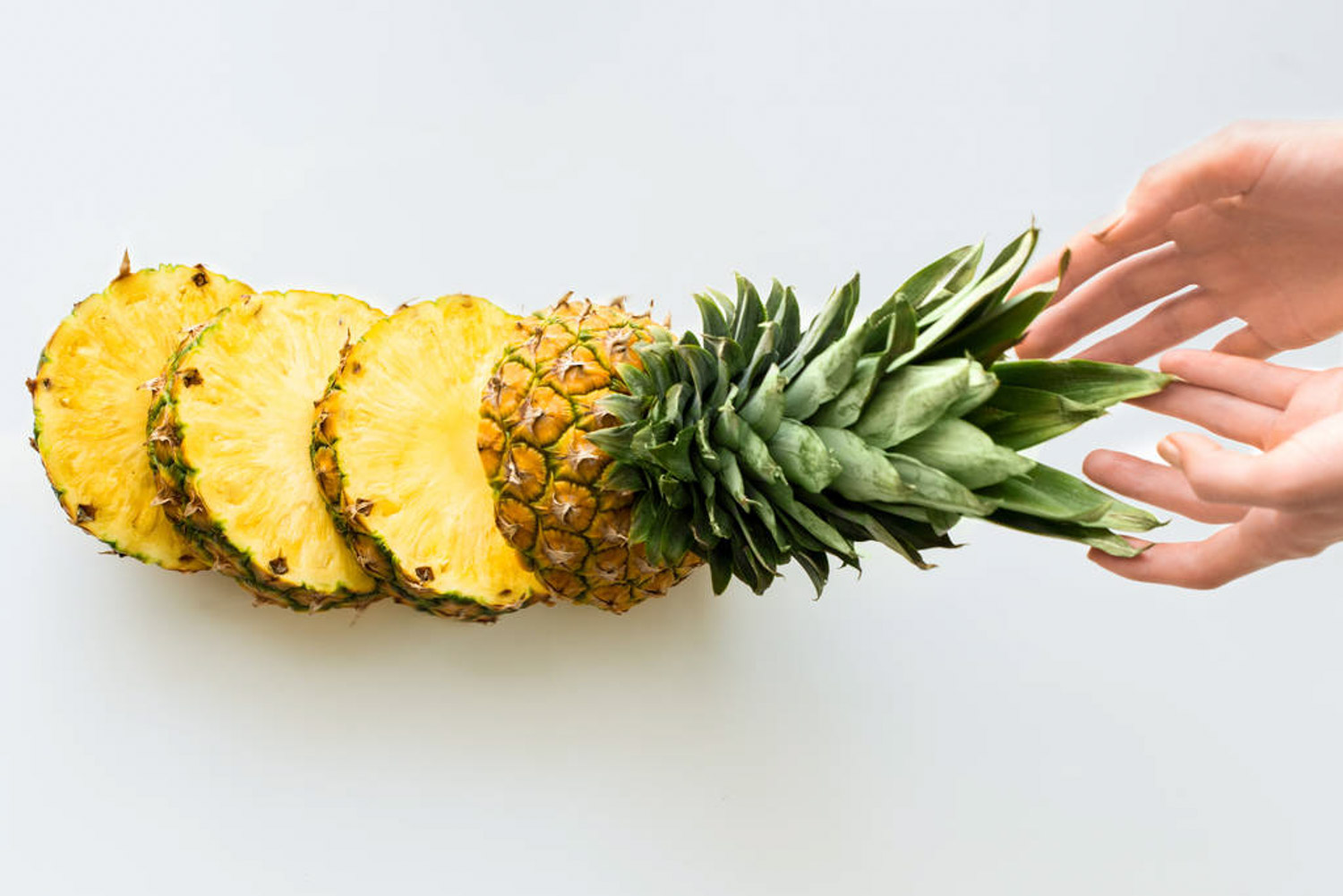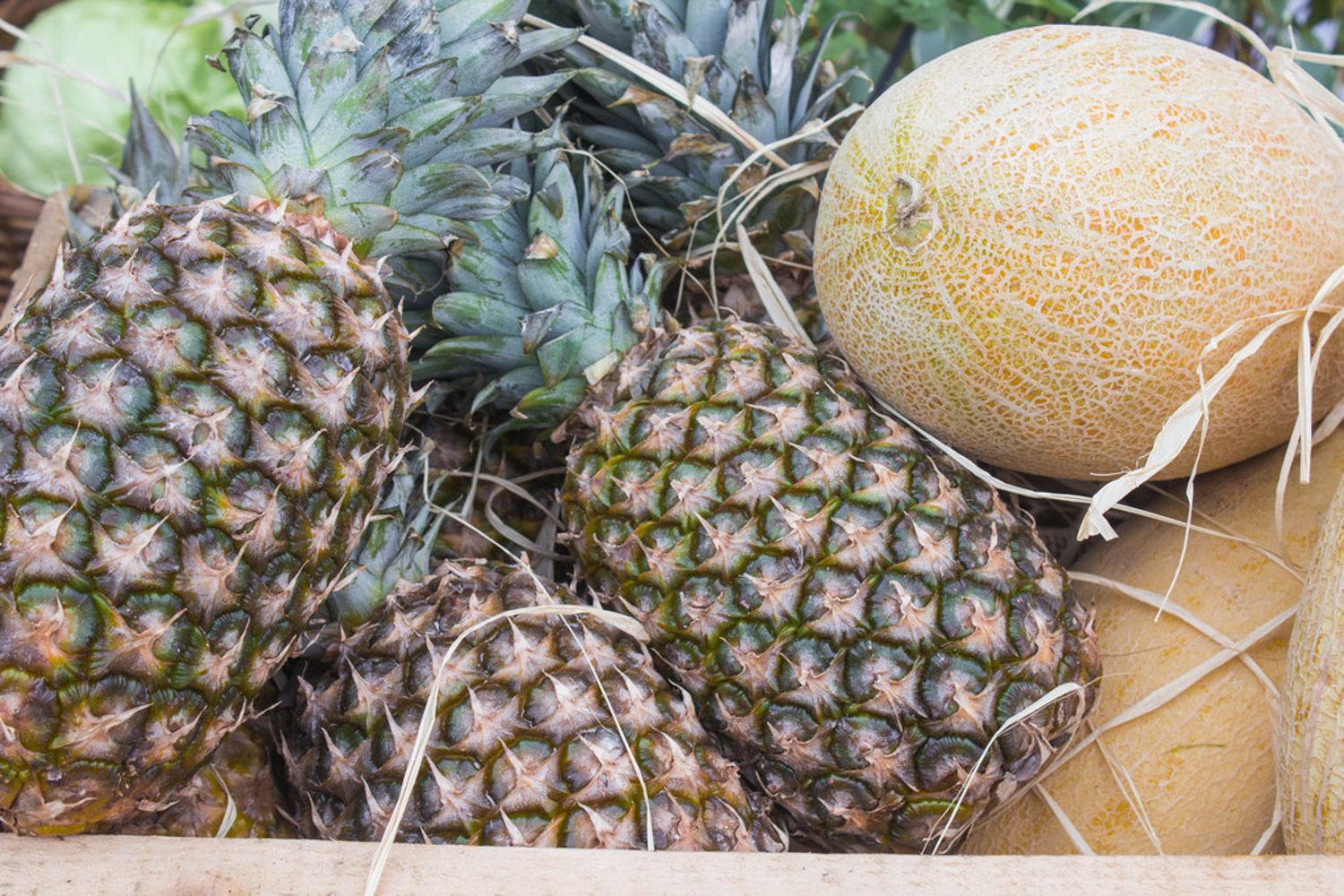The flower language and history of pineapple
Flower language
Pineapple flower is as popular as pineapple, and its flower language also has a beautiful meaning. Pineapple flower symbolizes perfection
How did this flower language come from? That's because pineapple flowers have no distractions from the initial germination to brilliant flowering and then to the final result. They always have the belief of pursuing perfection in their hearts. Small flowers are densely distributed on the flower stems to form spikes. The flowers are colorful and star shaped. Unlike other fruits, pineapple can be used as an indoor potted flower with strong observability. It is well deserved to be called the "Darling" of the flower market

History
The origin of the name pineapple has something to do with paramita. As we all know, parami is a Buddhist term, which means to reach the other side. Pineapple originated in India and was introduced into China from Southeast Asia and other places. Pomi is a combination of Sanskrit Paramim's free translation. Since Buddhism originated in India, the pineapple was originally translated into jackfruit. The original idea is that the fruit of pineapple fruit is large and sweet. After a long period of development, the word "multi" is omitted. p>
Another saying is related to a famous person in the history of cultural exchanges between China and the West. He is Marco Polo. His travels of Marco Polo has greatly promoted the cultural exchanges between China and the West. Therefore, in order to make this imported fruit have a little "foreign flavor", this kind of fruit is abbreviated as "polo"


 jackfruit
jackfruit snake plant
snake plant hibiscus
hibiscus hydrangea
hydrangea lavender
lavender Green roses climb al...
Green roses climb al... If you don't pay att...
If you don't pay att... Management of four g...
Management of four g...

































